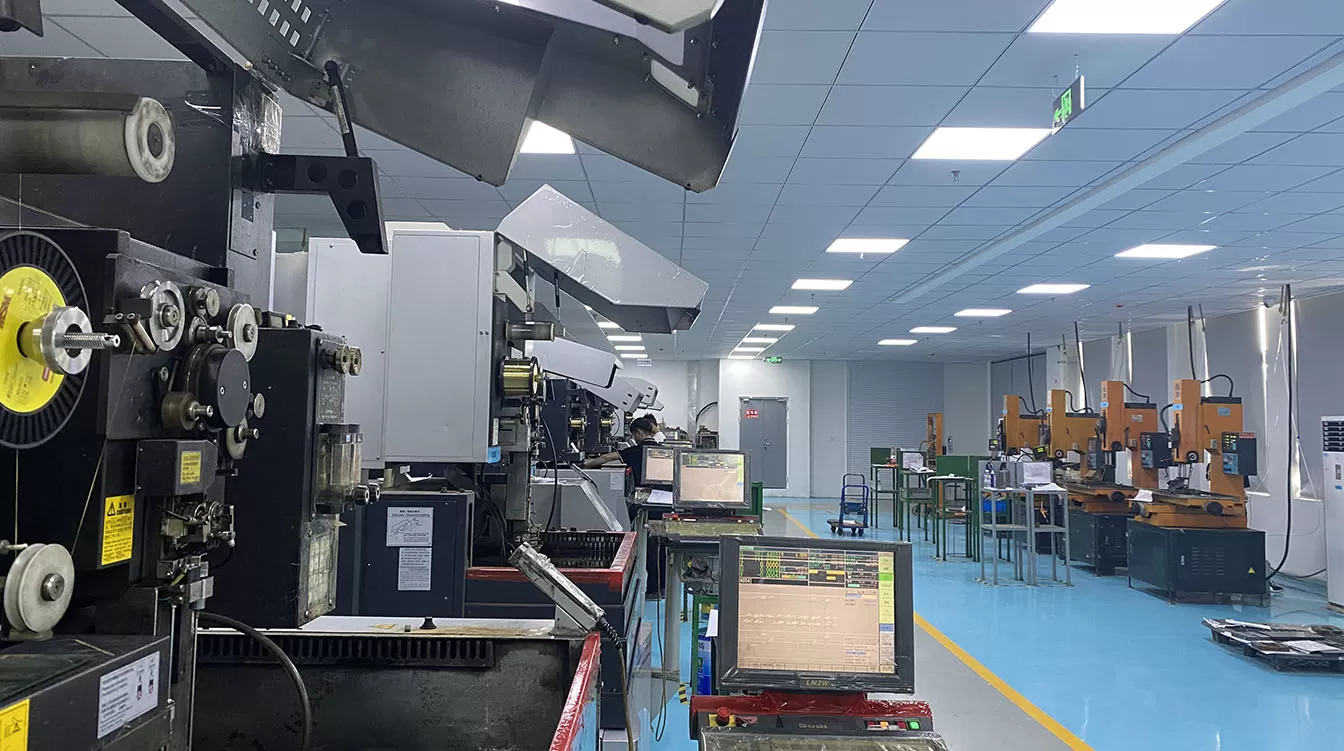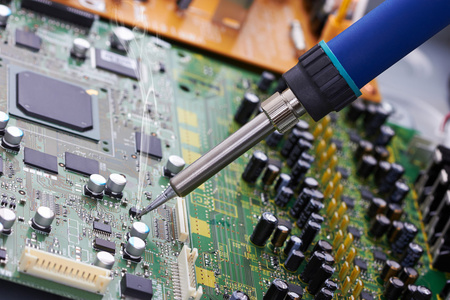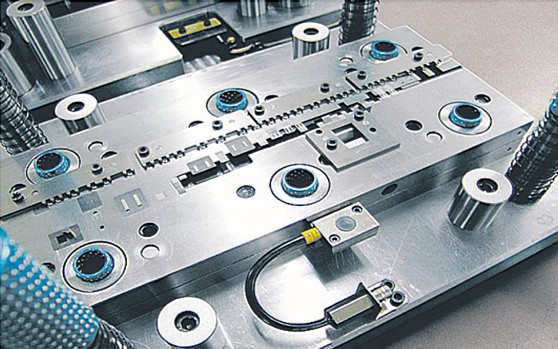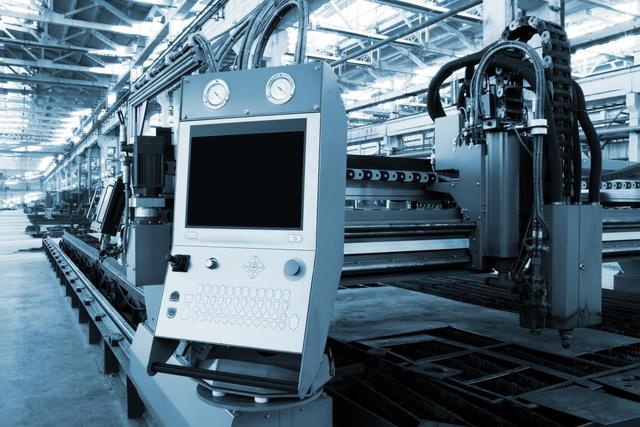
A Comprehensive Guide to 5-Axis Machining
This guide explores 5-axis machining, explaining its principles, types, benefits, applications, and future trends. It highlights the differences between 5-axis and traditional 3-axis machining, categorizes various 5-axis machines, and details their features and applications. The article emphasizes the advantages such as reduced setup time, improved accuracy, and the ability to machine complex geometries. It also discusses practical applications in aerospace, automotive, medical devices, and mold making, and explores future trends like AI integration and hybrid manufacturing.
Quote Now!
Introduction
5-axis machining represents a pinnacle in manufacturing technology, enabling precise and complex machining operations that were previously unattainable. This technology allows for simultaneous movement along five different axes, significantly enhancing the capability to produce intricate parts while reducing machining time and costs. This article delves into the fundamentals, types, benefits, applications, and future trends of 5-axis machining.

Fundamentals of 5-Axis Machining
In 5-axis machining, the "5 axes" refer to the ability of a machine to move a tool or a part along five different axes simultaneously: the traditional linear X, Y, and Z axes, plus two additional rotational axes, A and B. This allows the machine to approach the workpiece from virtually any direction, enhancing the flexibility and precision of the machining process.
Types of 5-Axis Machines
Double Rotary Table Machines:
These machines use two rotating tables to achieve A and B axis movements, ideal for parts that require multi-angle cutting.
Swivel Head Machines:
In these machines, the tool head rotates to achieve A and C axis movements, suitable for larger workpieces and providing greater accessibility.
Hybrid Machines:
Combining features of both double rotary tables and swivel heads, these machines offer enhanced flexibility and capability.
Advantages of 5-Axis Machining
Reduced Setup Time:
5-axis machines can complete complex parts in a single setup, minimizing the need for multiple fixtures and reducing overall setup time.
Improved Accuracy:
By eliminating the need for multiple setups, 5-axis machining reduces the potential for errors and ensures higher precision in the final product.
Complex Geometry Capability:
These machines can produce parts with intricate geometries that are impossible or impractical with 3-axis machines, such as impellers, turbine blades, and complex molds.
Extended Tool Life:
5-axis machining allows for the use of shorter tools, which are less prone to deflection and wear, thereby extending tool life and maintaining better cutting conditions.
Applications of 5-Axis Machining
Aerospace Industry:
Essential for manufacturing complex components like turbine blades and structural parts that require high precision and reliability.
Used to produce high-performance engine components and intricate body molds, ensuring consistent quality and fit.
Medical Device Manufacturing:
Ideal for producing precise and complex medical implants and surgical instruments, where accuracy is critical.
Mold Making:
Enhances the production of highly detailed and accurate molds, reducing the need for post-machining operations and improving overall efficiency.
Future Trends in 5-Axis Machining
Intelligent and Automated Systems:
Integration of artificial intelligence and machine learning to optimize machining processes, reduce downtime, and enhance precision.
Hybrid Manufacturing:
Combining additive manufacturing (3D printing) with 5-axis machining to create complex parts with reduced material waste and improved properties.
Enhanced Speed and Precision:
Ongoing improvements in machine tool design and software algorithms will continue to push the boundaries of what is possible with 5-axis machining, meeting the demands of advanced manufacturing sectors.
Conclusion
5-axis machining is a transformative technology in the manufacturing industry, offering unparalleled precision, flexibility, and efficiency. As technology continues to advance, the capabilities of 5-axis machines will expand, driving innovation and efficiency in various high-demand sectors.
References
These references provide more detailed insights and examples for those looking to deepen their understanding of 5-axis machining.






